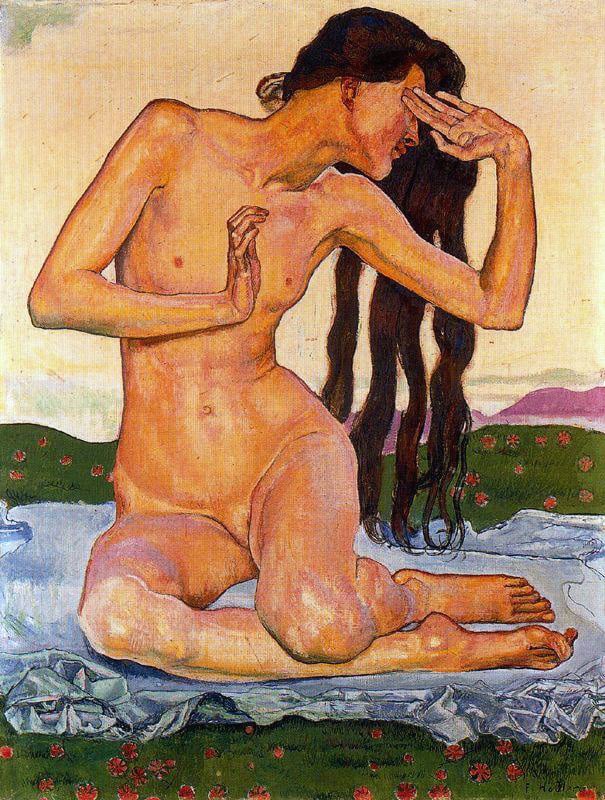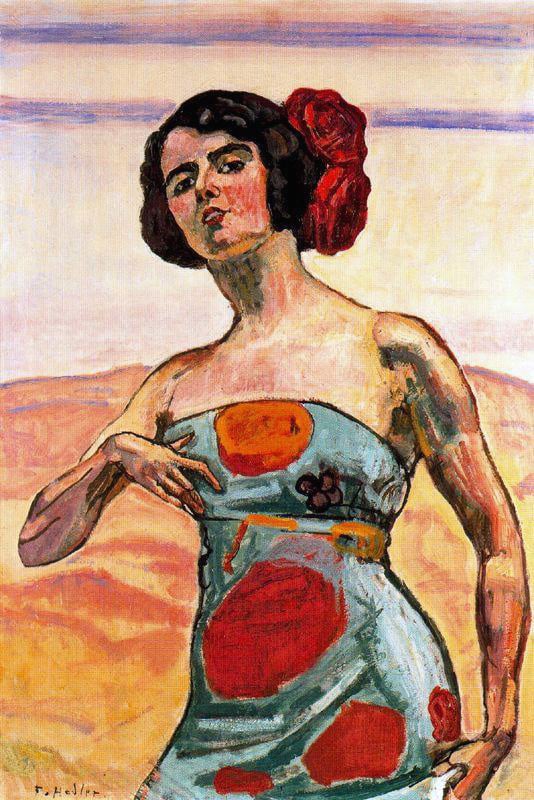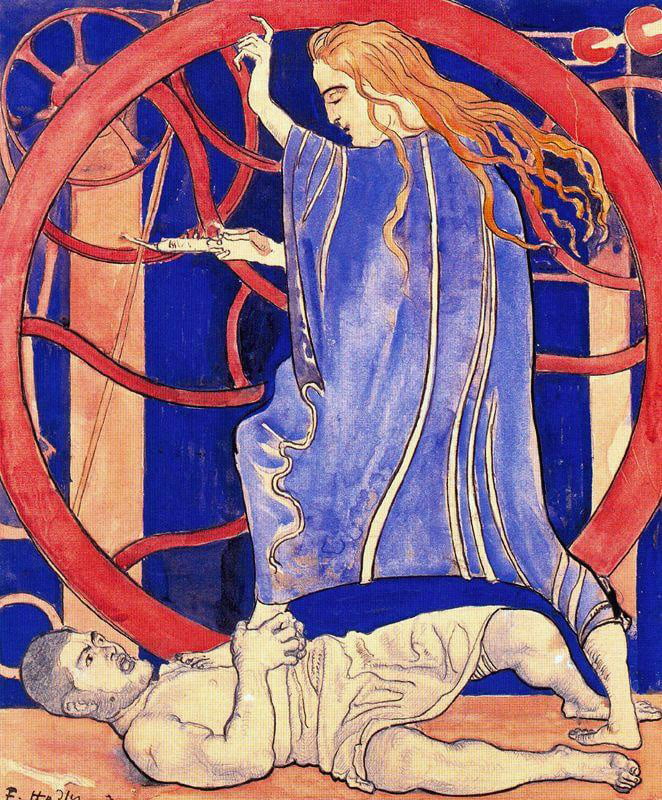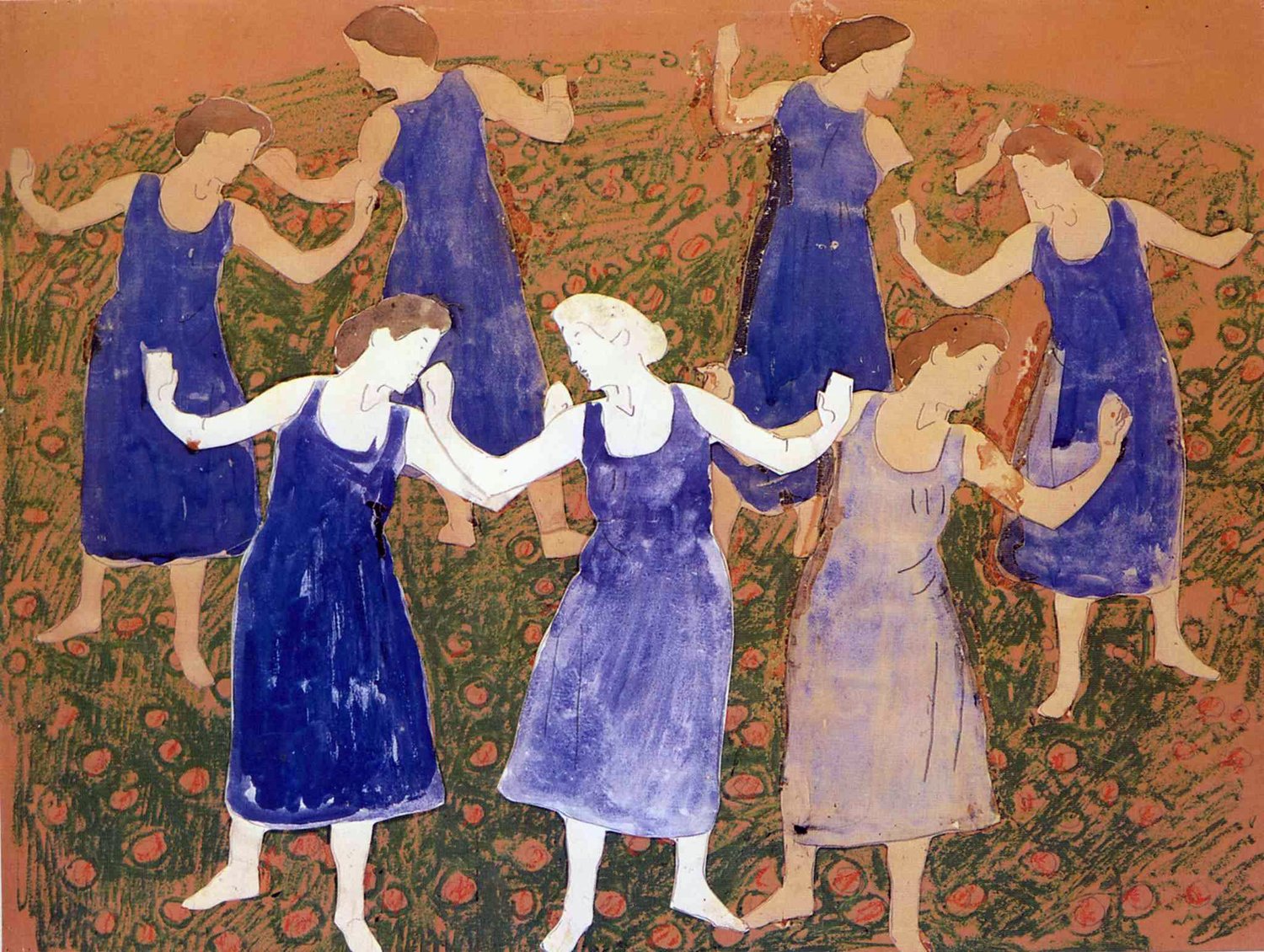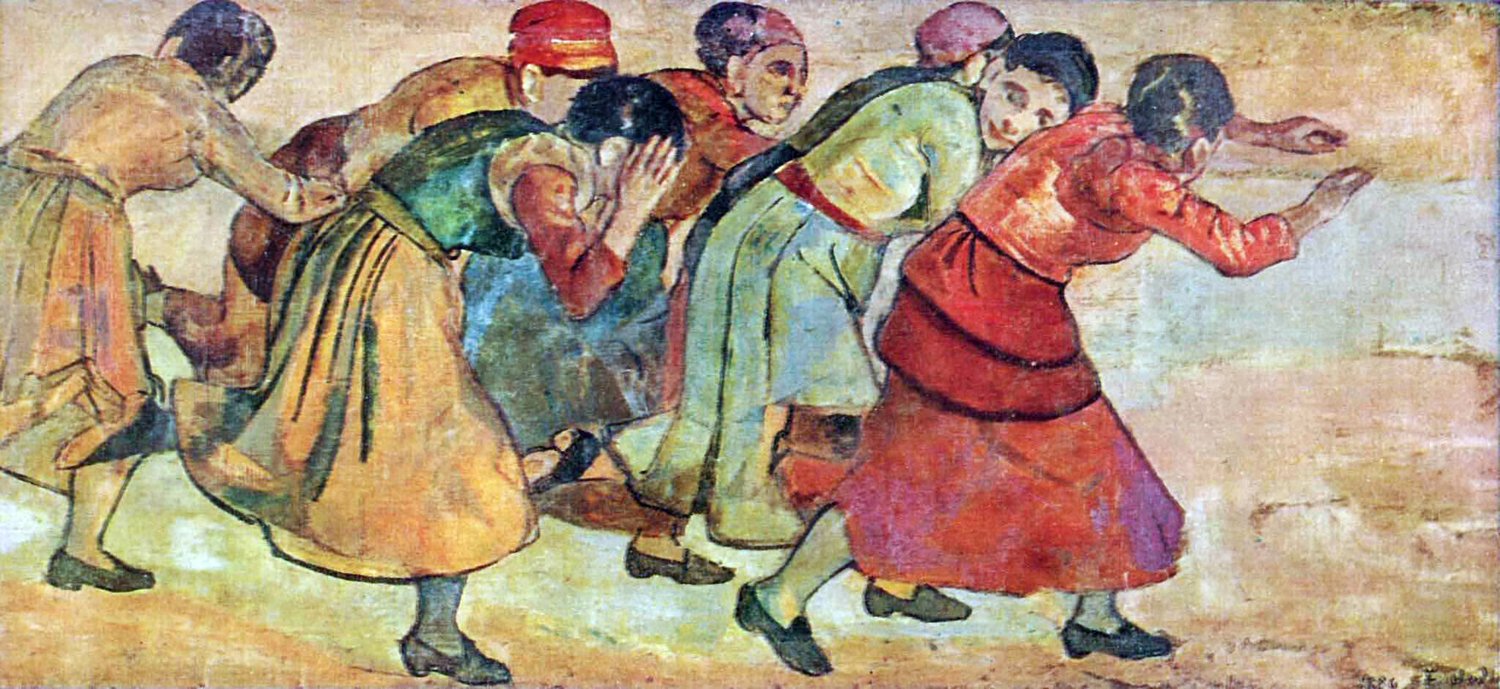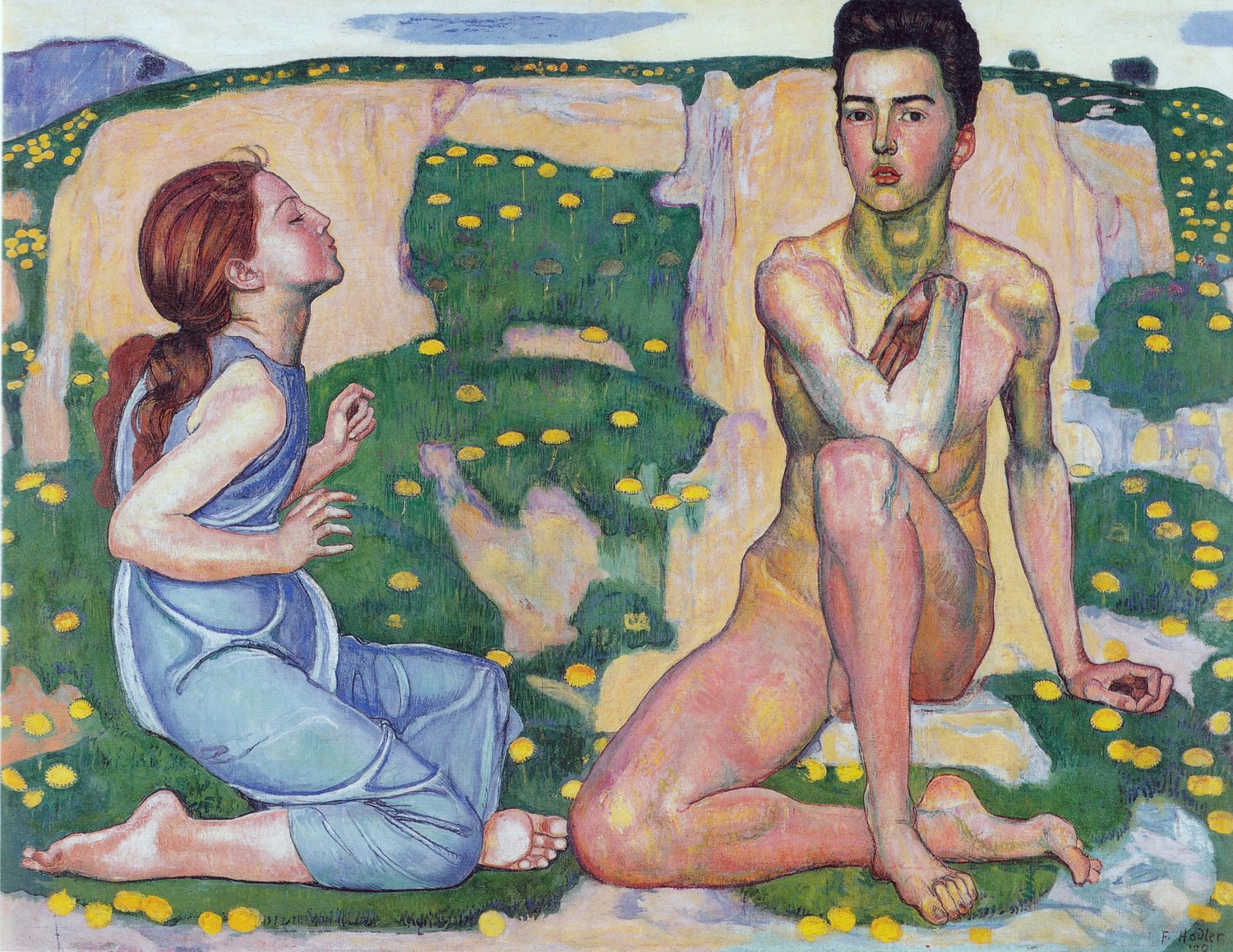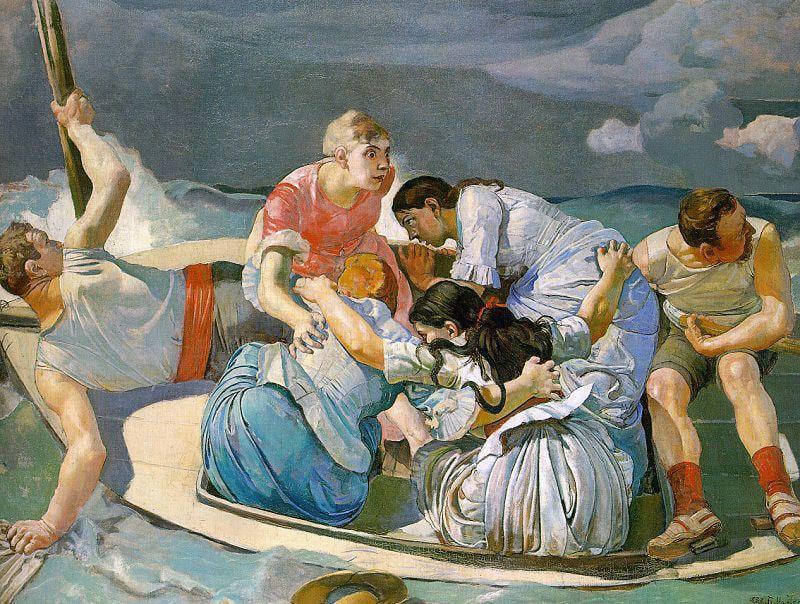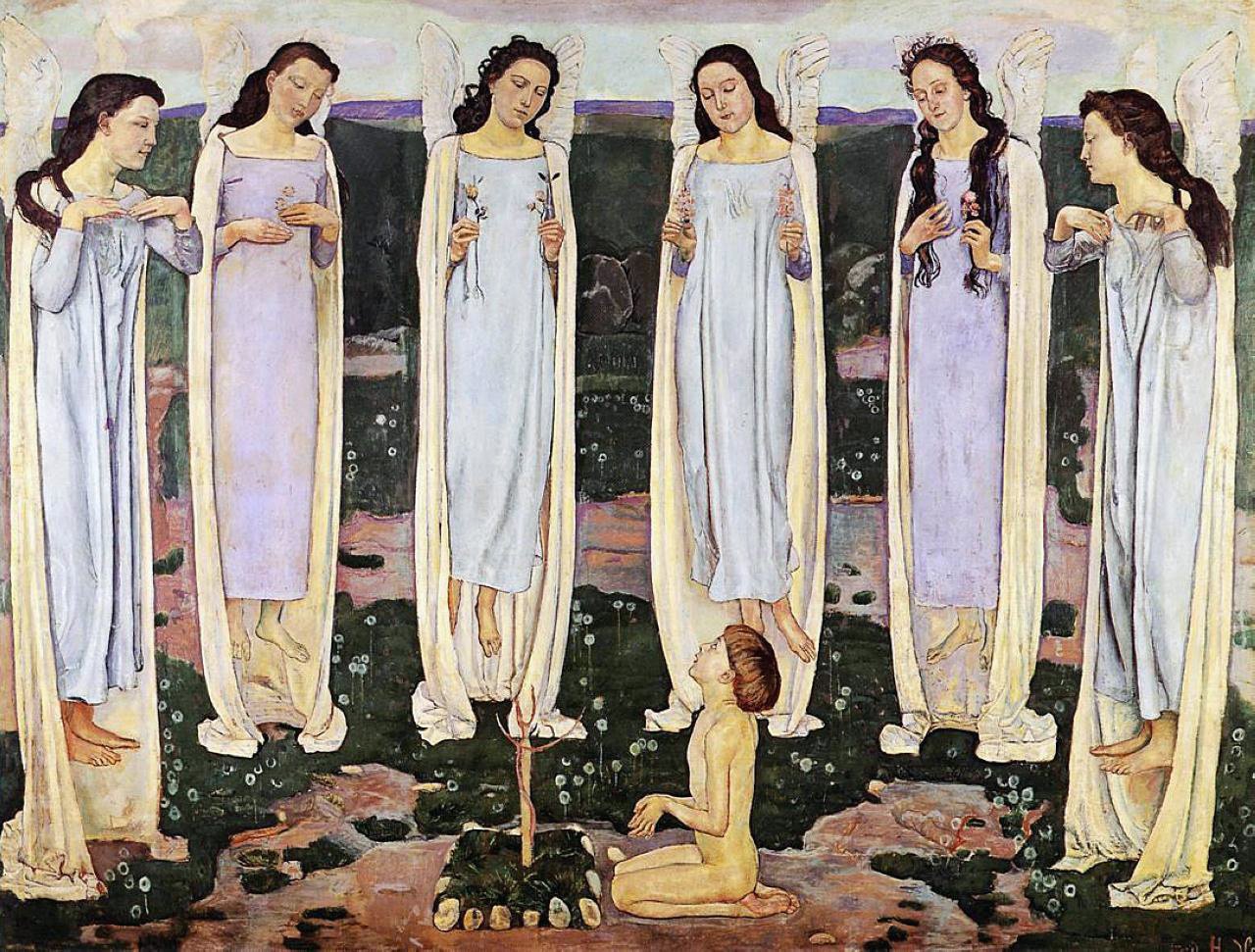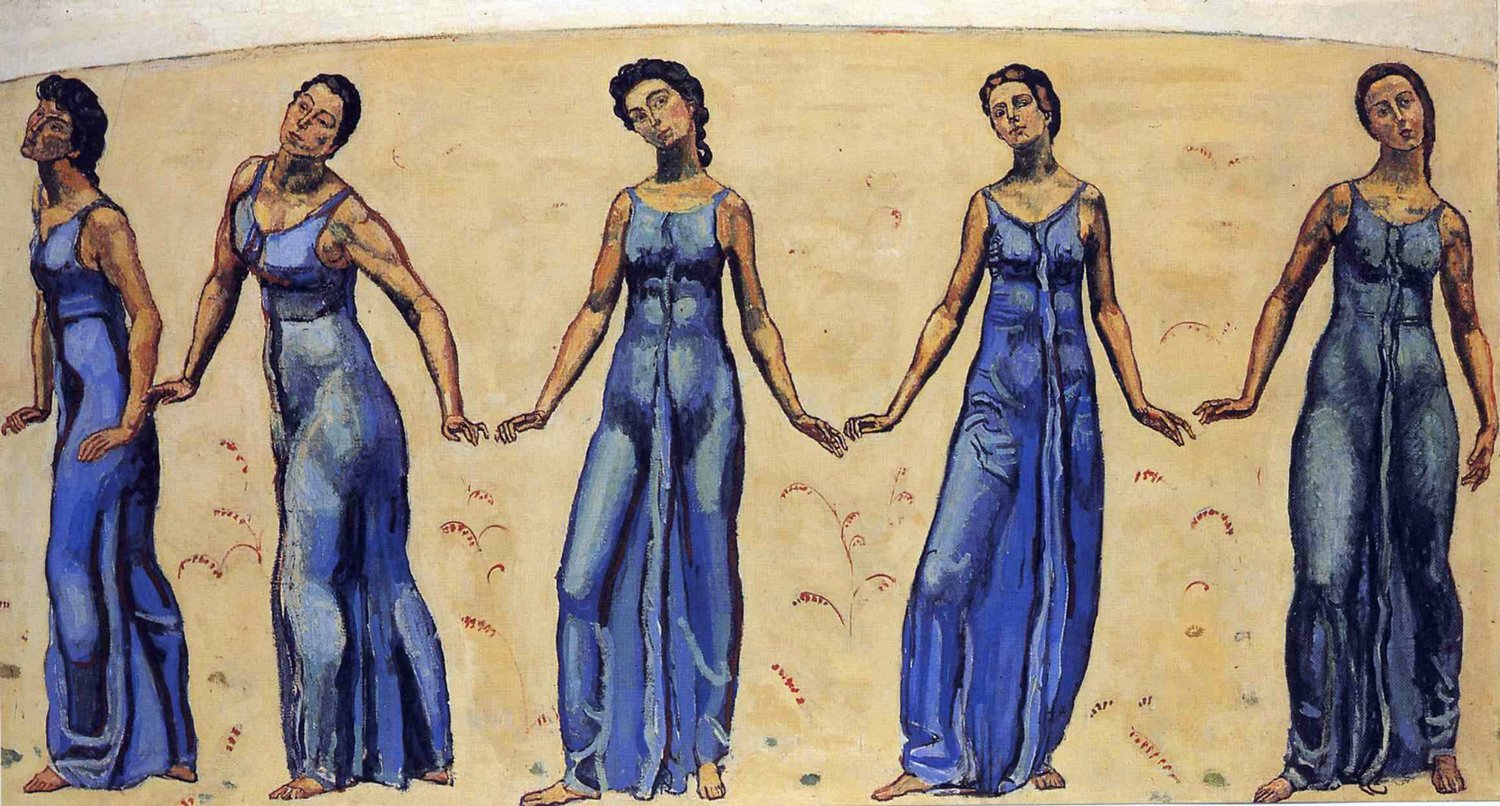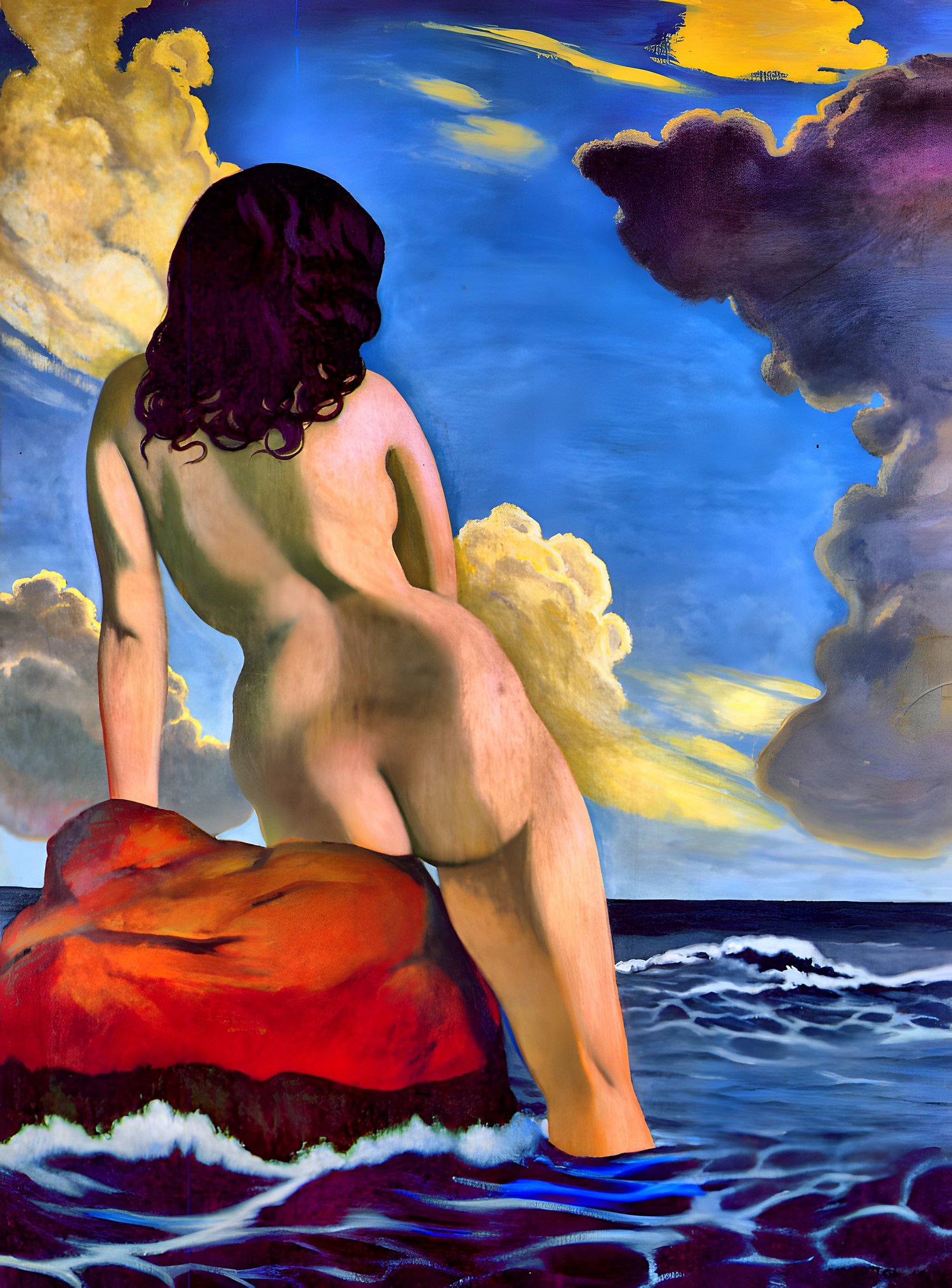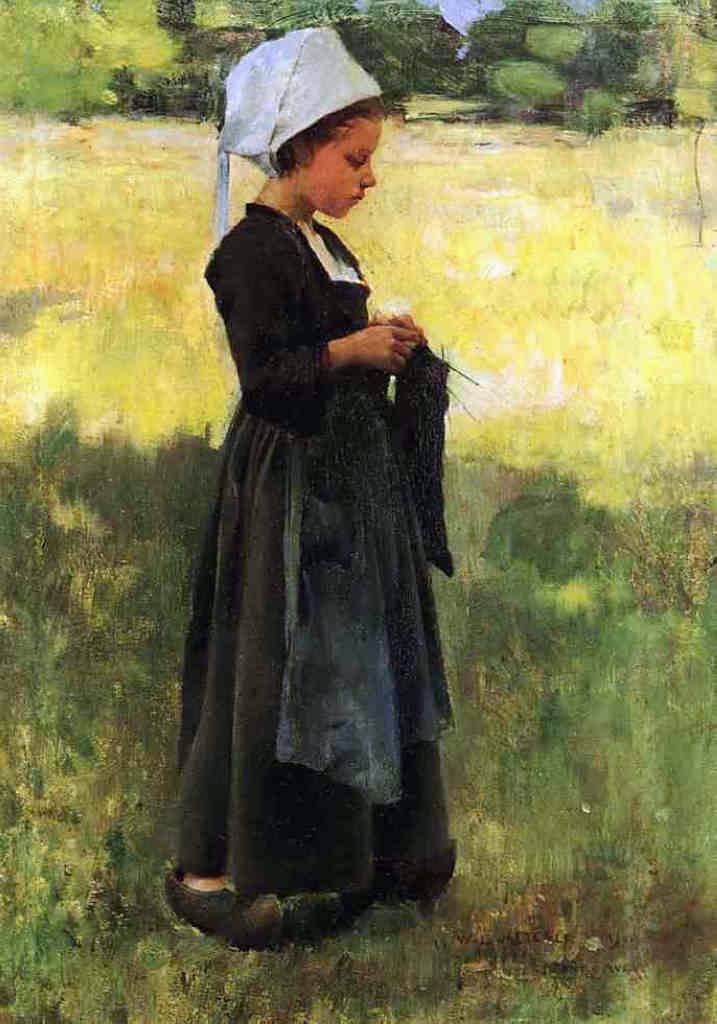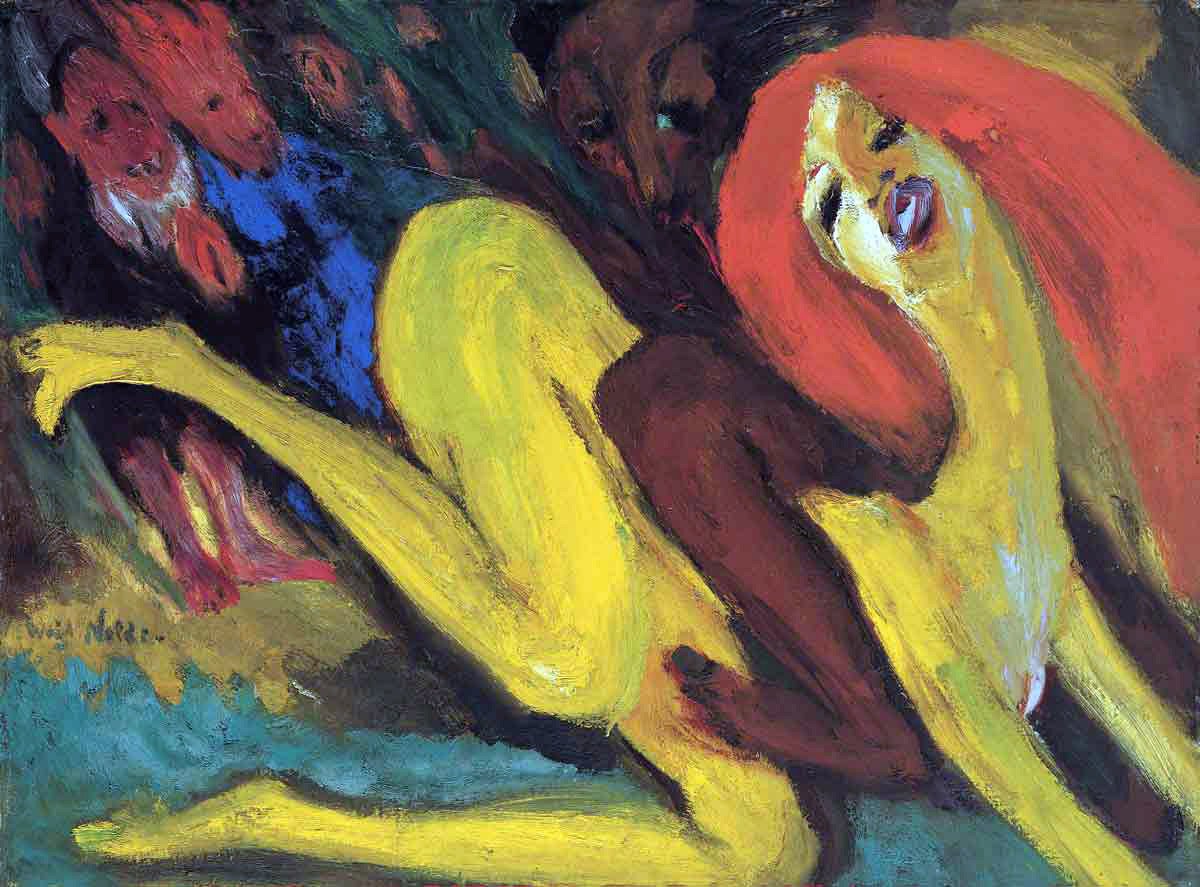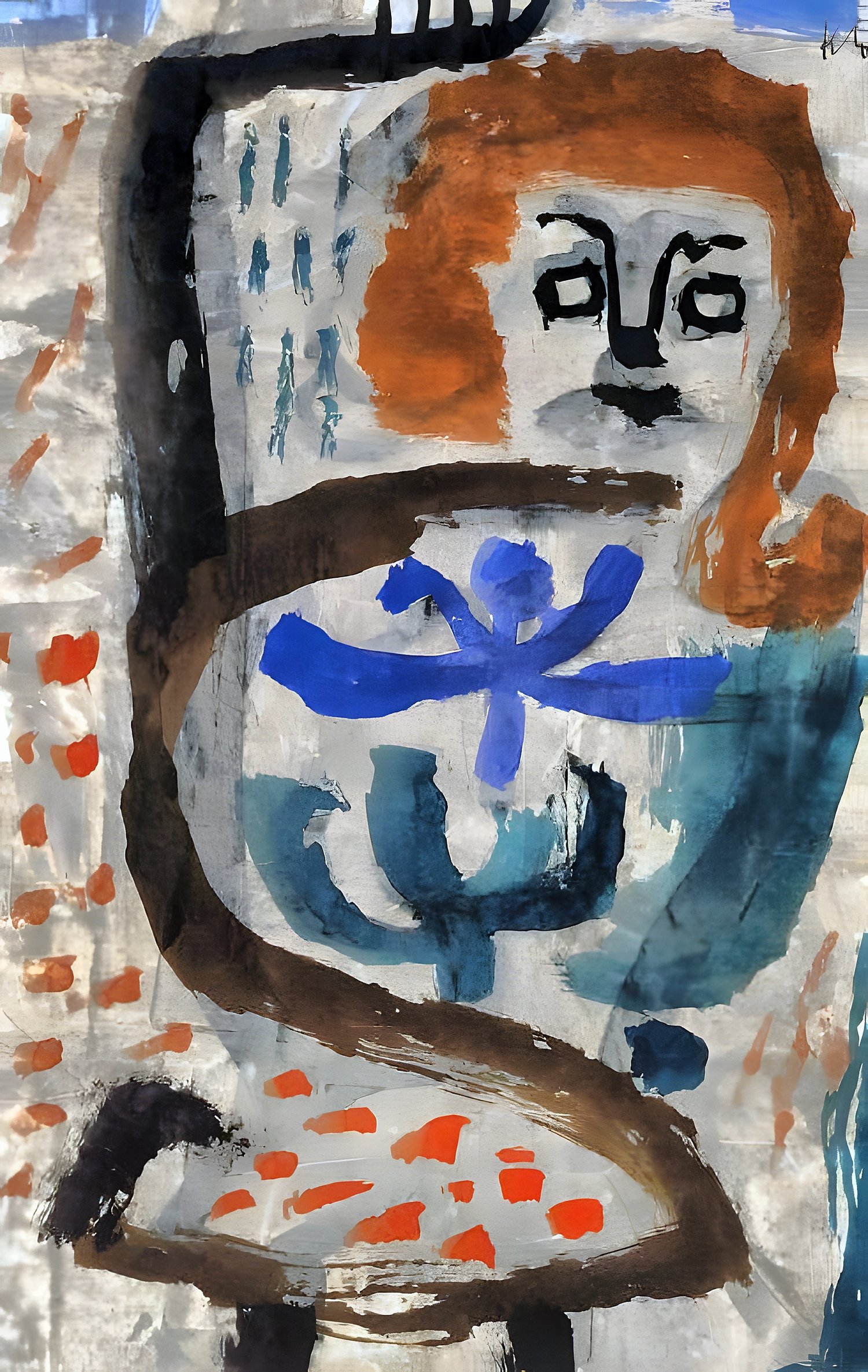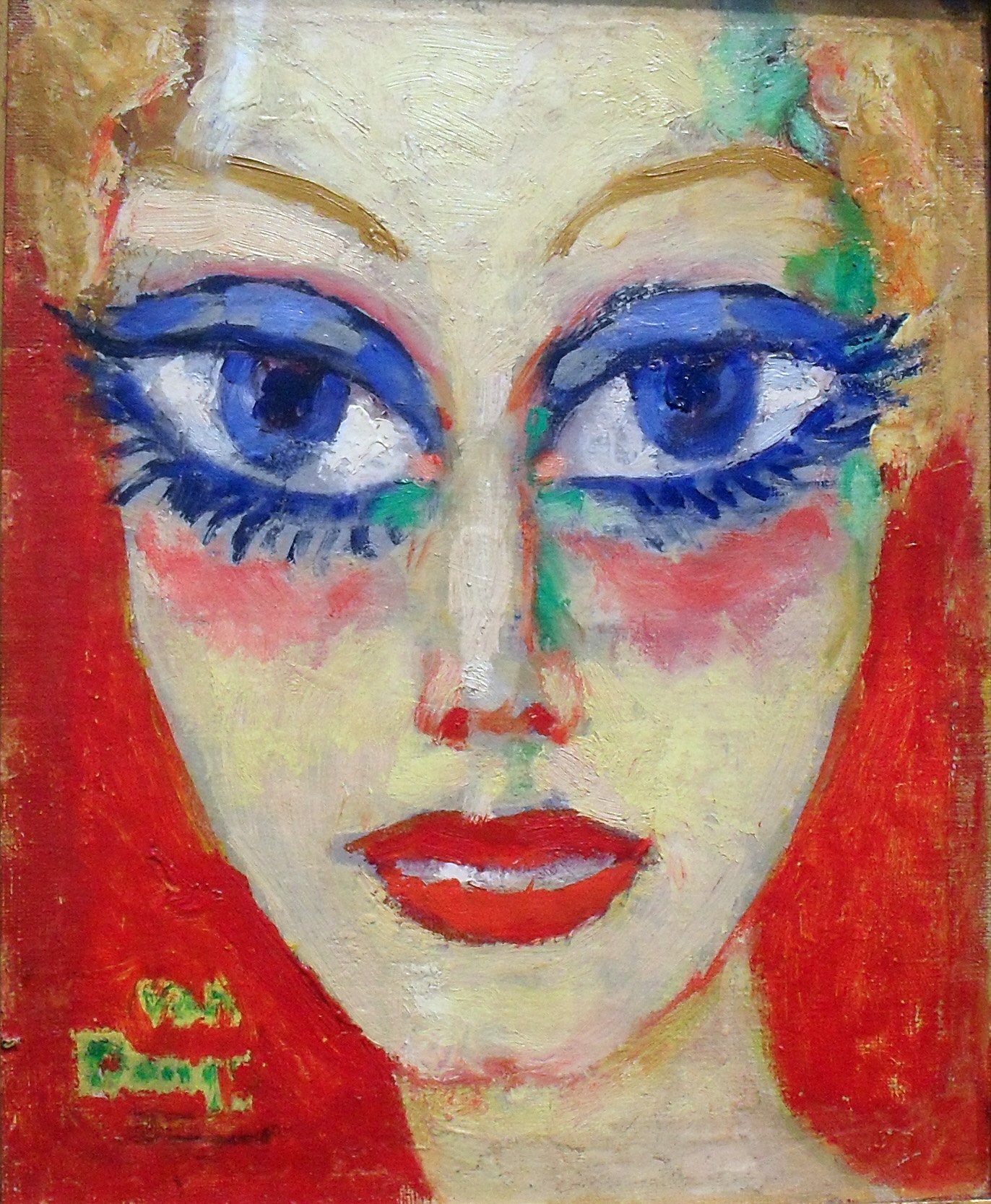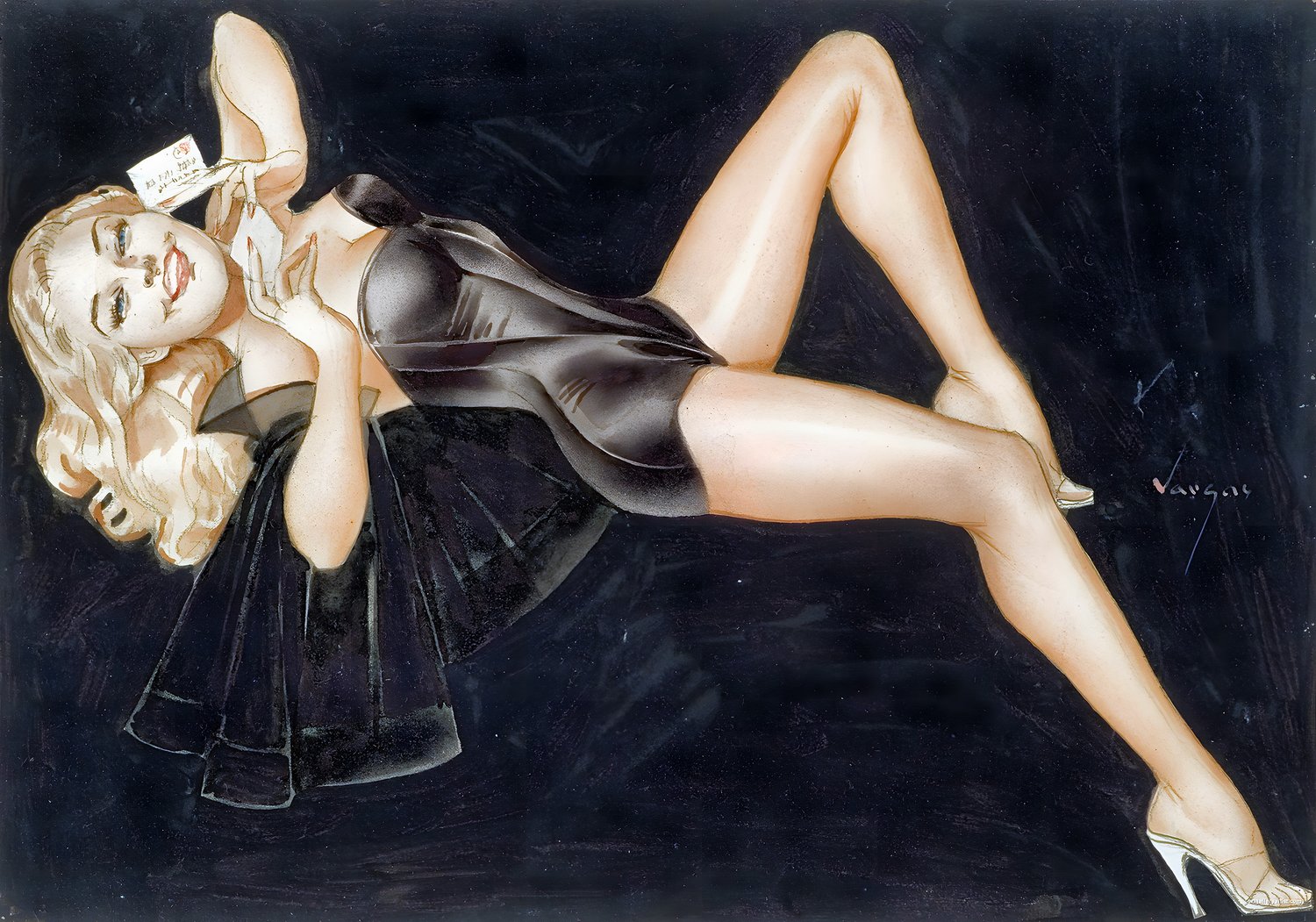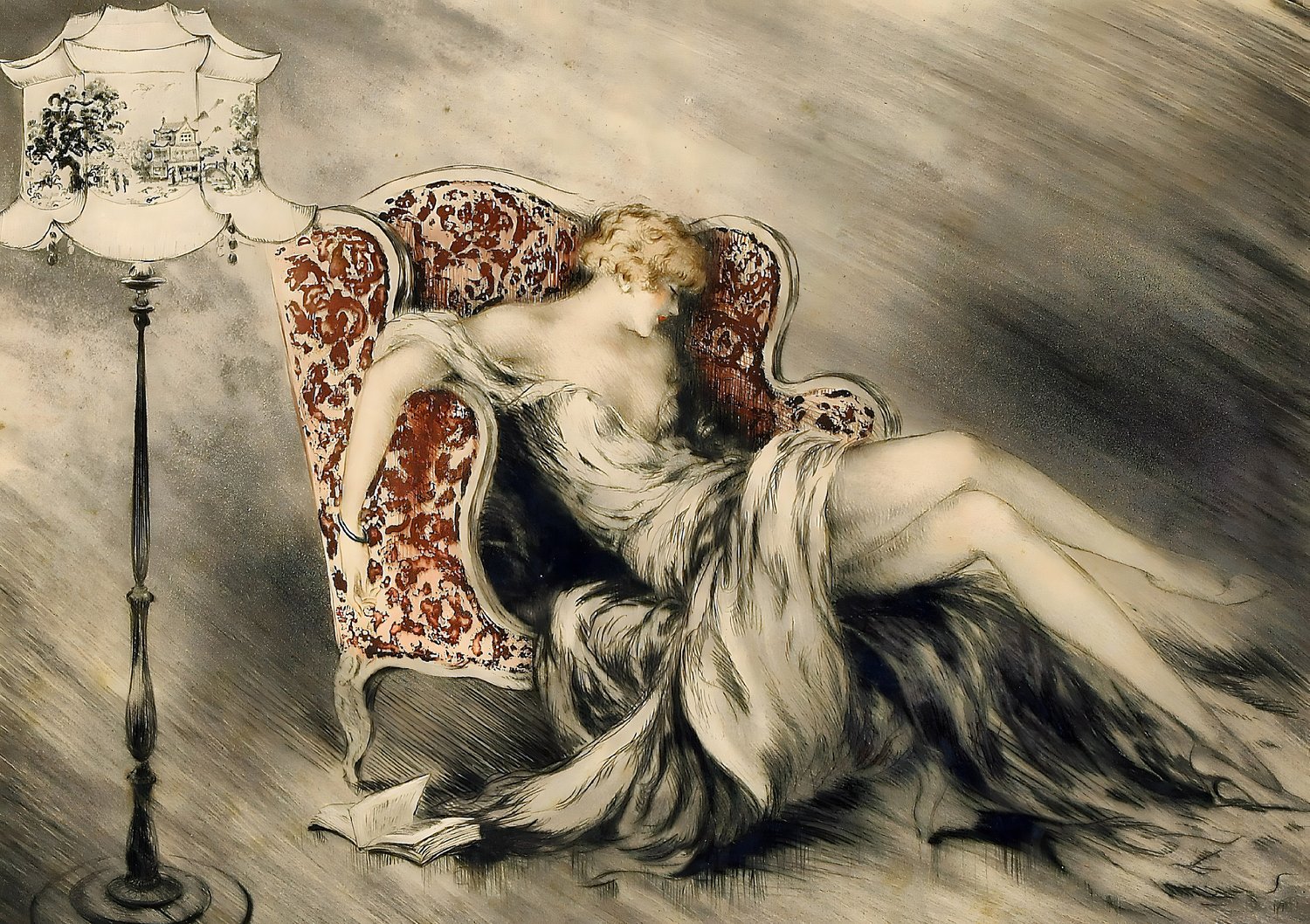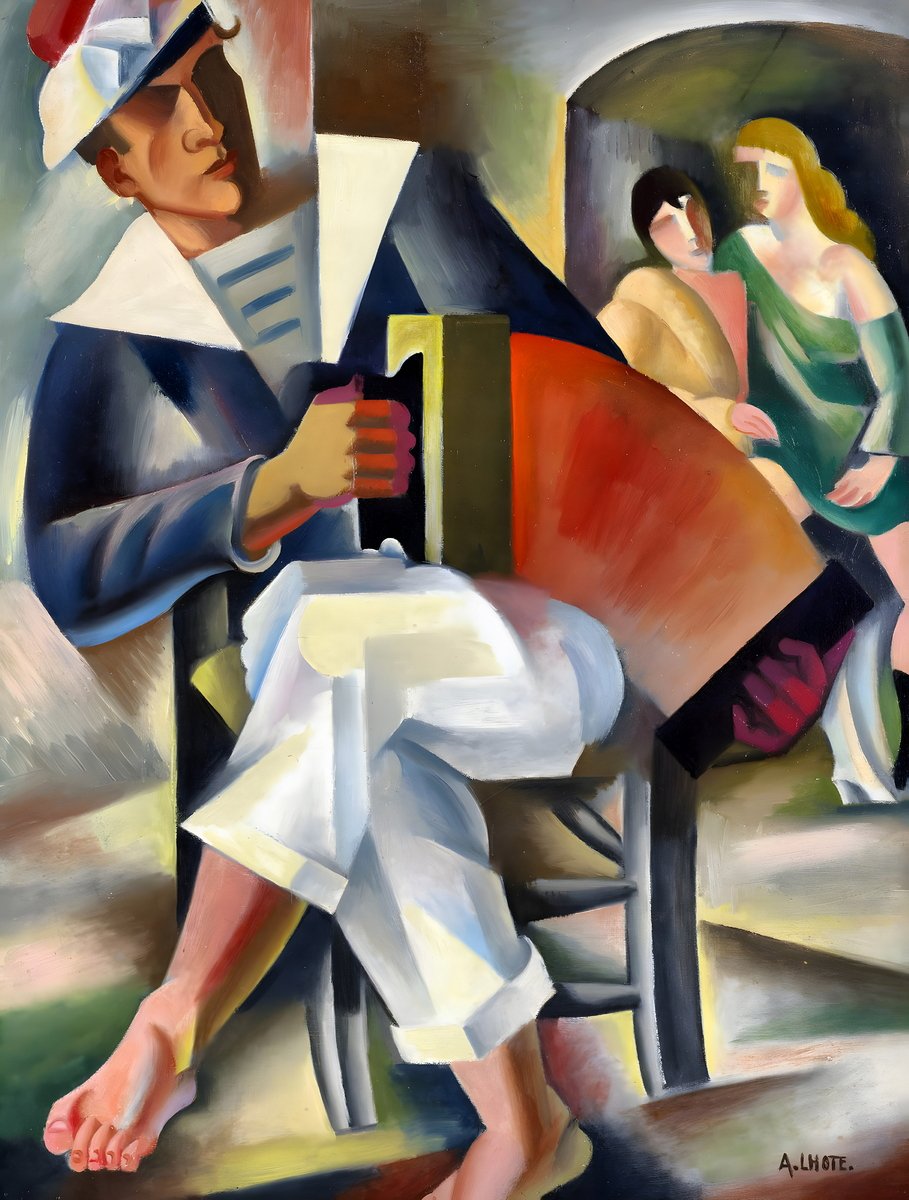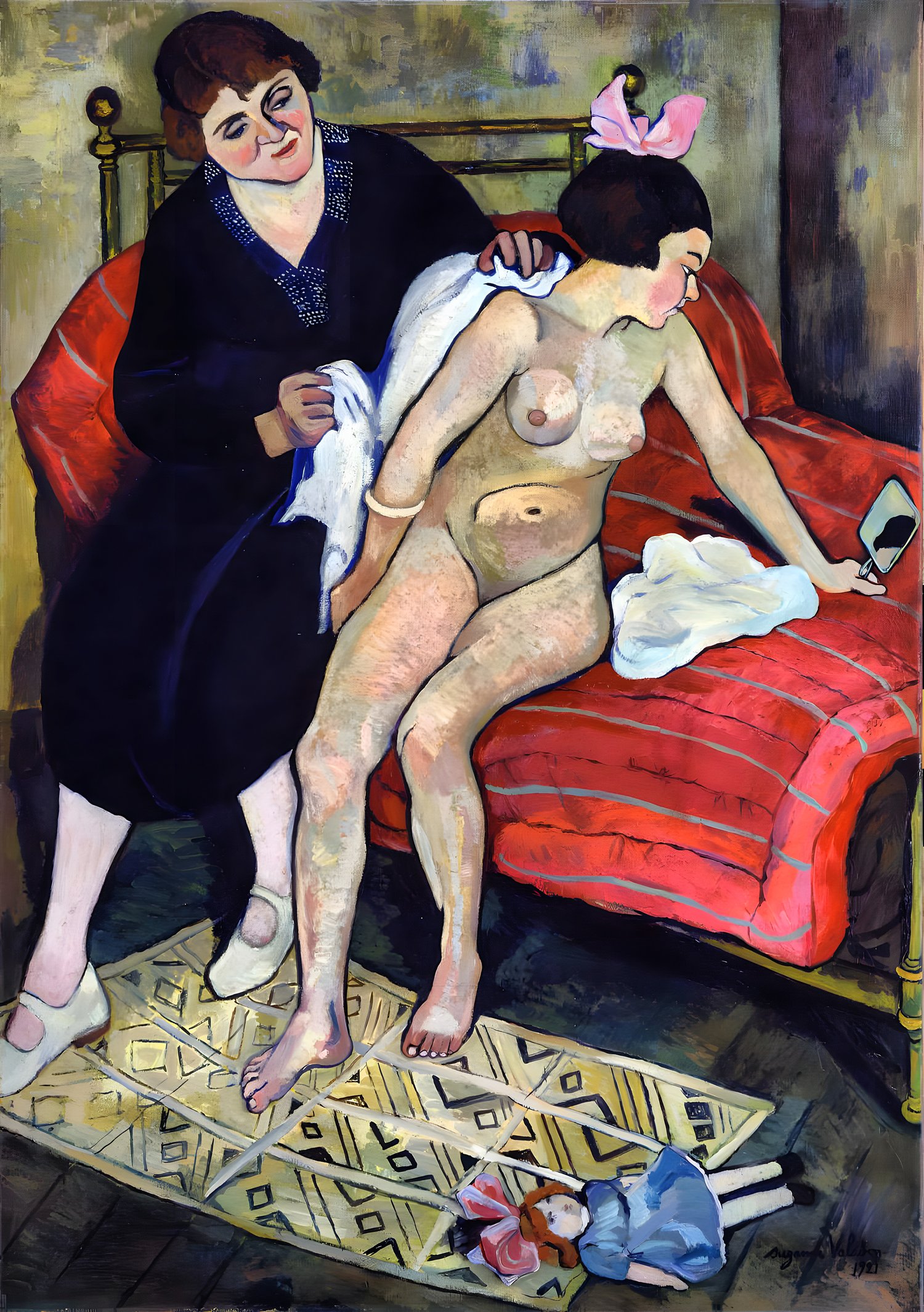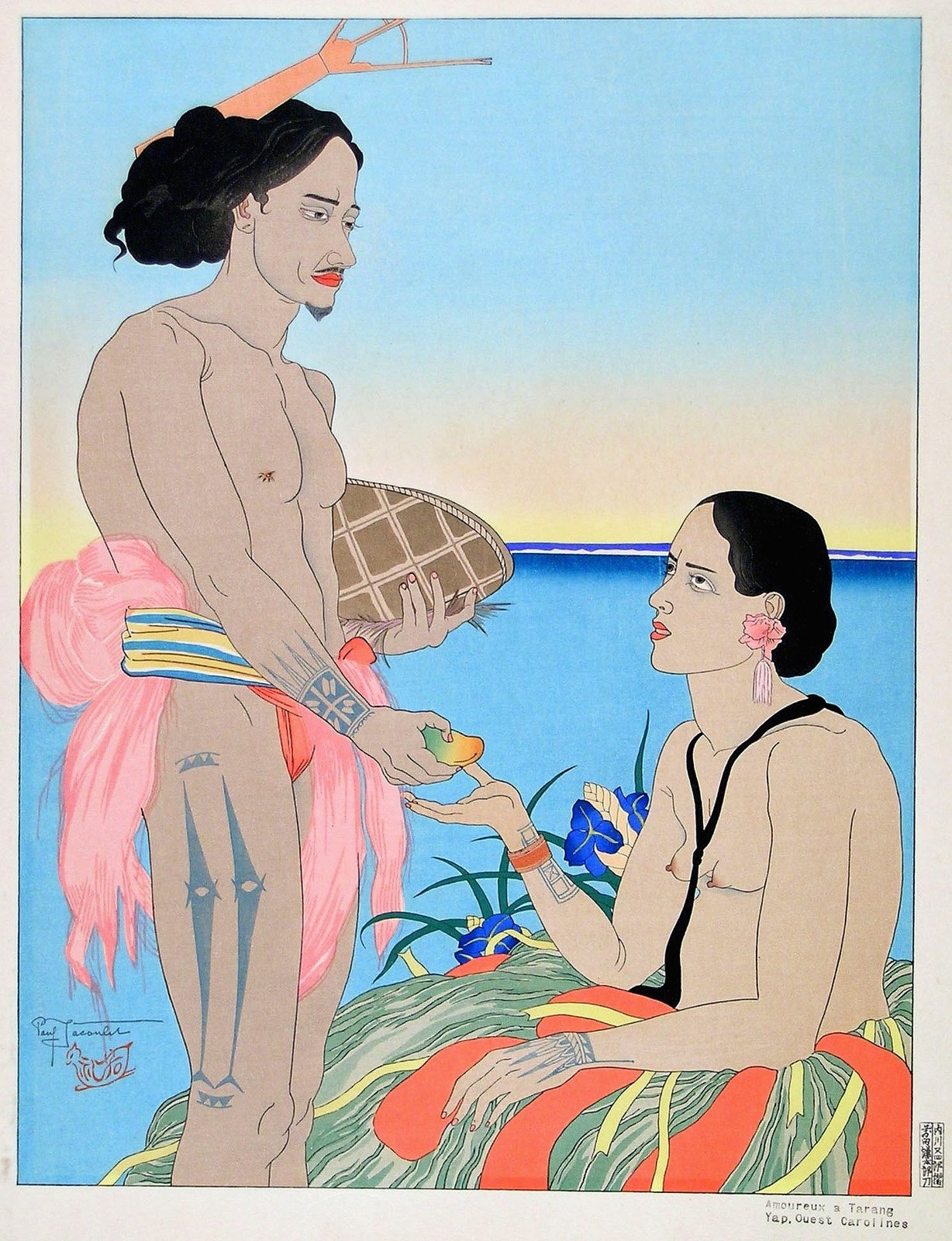Ferdinand Hodler
On Sale
$0.00
$3.99

E-book in PDF-format with quantity of masterpieces of this artist for your Home Museum.
At first glance, Hodler's early paintings follow a realistic tradition. They are, as a rule, simple scenes from the life of ordinary people, but the manner of writing the artist is far from meticulous naturalism.In the 80's. Hodler created the so-called theory of parallelism, which later became one of the most important in the Art Nouveau style. According to this theory, the contours of figures in the composition must be reduced to rhythmic repetitions of a few almost parallel lines, which, according to the artist, is the main source of expressiveness. Repetition slows down the movement and thereby helps to plunge deeper into contemplation.
From the mid-1880s Hodler dramatically changed the picturesque manner and turned to new subjects of symbolic content. The color and the line become the main spokesmen of a certain emotional state - the ecstatic impulse, the feeling of longing, sleepiness, in Hodler's paintings. Hodler takes this technique, which characterizes the search for the painting of European Art Nouveau, in monumental painting. In the landscapes of Hodler with views of the majestic snow-capped peaks of the Alps, picturesque Swiss lakes and mountain rivers, color dynamics and expressive smear anticipate the expressionist painting.
Hodler brought new techniques of his decorative and planar painting into a portrait. His portraits and self-portraits are built on the harmony of large color planes, expressive dark contours.
Hodler is considered one of the most outstanding Swiss artists of the modern style. The artist aspired to embody large-scale, "universal" themes, allowing to express the idea of the indissoluble fusion of human and cosmic being (or man and history)...
Here are 160 best paintings of the Artist!


